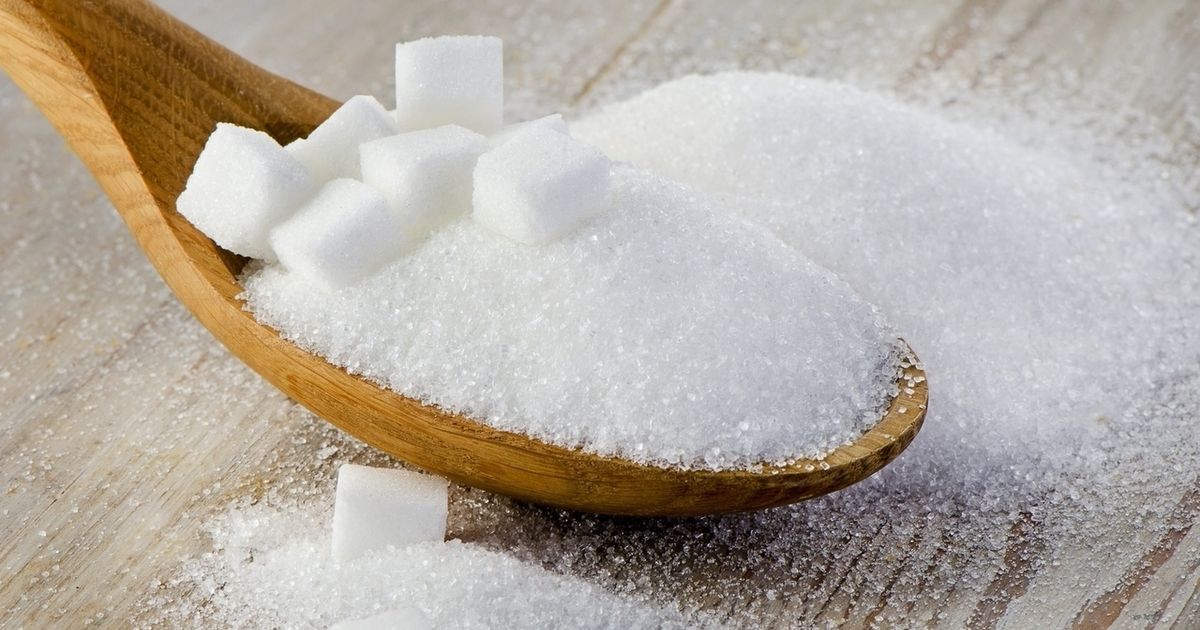Effective Strategies for Lowering Your Triglycerides
Triglycerides are fat particles in the bloodstream that form when the body converts excess sugar—especially refined carbohydrates—into stored energy. If these extra calories aren’t burned through activity, triglycerides accumulate in fat cells or the liver, increasing the risk of obesity, heart disease, and stroke. Approximately 25% of American adults have elevated triglyceride levels, defined as over 200 milligrams per deciliter. Common causes include genetics, obesity, insulin resistance, type 2 diabetes, high-carb and high-fat diets, excessive alcohol consumption, a sedentary lifestyle, hypothyroidism, renal disease, and certain medications. The good news? There are effective, science-backed strategies to help lower triglycerides and improve overall health. We’ve expanded our list from 10 to 20 proven methods that can help you bring your triglyceride levels down naturally. Whether through dietary adjustments, lifestyle changes, or smarter habits, these strategies can make a meaningful difference in your heart health.
1. Follow A Low Carbohydrate Diet

The same as added sugar, high amounts of carbohydrates in an individual's diet are also turned into triglycerides and used as fat for energy. A study conducted in 2006 was done to look at how varying levels of carbohydrate consumption can increase or decrease triglycerides. The study found if individuals follow a low carbohydrate diet with about twenty-six percent of calories from carbs, showed lower triglycerides as compared to the group who had a higher carbohydrate intake with up to fifty-four percent of calories from carbs. A second study focused on the long term effects of both low and high carbohydrate diets across one year. The individuals who ate low carbohydrate diets experienced greater weight loss and lower triglycerides. Another 2003 study was done to compare low fat versus high carbohydrate diets. After six months, the conclusion of the study was the low carbohydrate group showed a triglyceride decrease of thirty-eight mg/dL (0.43 mmol/L), while the low-fat group only had a seven mg/dL (0.08 mmol/L) decrease of triglycerides.
2. Reduce Intake Of Sugar

Added, processed sugar, which is found within most packaged foods and drinks these days, like carbohydrates, is also converted into triglycerides. A study conducted fifteen years ago found individuals who reduced their sugar intake, with twenty-five percent or more of their caloric diet being from sugar, were twice as likely to die from heart disease than individuals who get less than ten percent of their daily calories from sugar. Naturally, other studies show children who consume added sugar have higher triglycerides. However, this is reversible, as more than one study has shown lowering carbohydrate and sugar intakes results in a triglyceride decrease.
